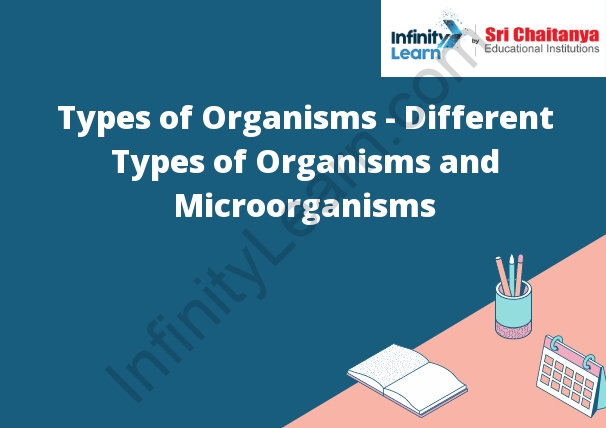Table of Contents
Types of Organisms
Organisms are the basic units of life. All organisms are composed of cells, which are the basic units of structure and function in living things. Organisms vary greatly in size and complexity. The simplest organisms are single cells, while the most complex organisms are composed of many trillions of cells. All organisms perform basic life functions, such as acquiring energy, eliminating waste, and reproducing.
Organisms can be classified into different groups based on their similarities. The five major groups of organisms are bacteria, viruses, fungi, plants, and animals. Bacteria are single-celled organisms that can live in a wide variety of environments. Viruses are smaller than bacteria and can only reproduce inside other cells. Fungi are multi-celled organisms that are often classified as plants, although they are more closely related to animals. Plants are multi-celled organisms that produce their own food through photosynthesis. Animals are multi-celled organisms that consume other organisms for food.
Organisms can also be classified based on their level of organization. The levels of organization are cells, tissues, organs, and systems. Cells are the basic units of structure and function in all organisms. Tissues are groups of cells that perform a specific function. Organs are groups of tissues that work together to perform a specific function. Systems are groups of organs that work together to perform a specific function.
There are three types of organisms: prokaryotes, eukaryotes, and viruses.
- Prokaryotes are unicellular and lack a true nucleus. They include bacteria and archaea.
- Eukaryotes are unicellular or multicellular and have a true nucleus. They include all other living organisms except viruses.
- Viruses are not cells. They are small, and lack most of the features of cells. They can only reproduce inside of a living cell.

Different Types of Organisms and Microorganisms
There are many different types of organisms and microorganisms. Some are helpful to humans, while others can cause disease.
- Bacteria are one type of microorganism. Some bacteria are helpful, such as those that live in our gut and help us digest food. Other bacteria can cause disease, such as those that cause pneumonia or strep throat.
- Viruses are another type of microorganism. Like bacteria, some viruses are helpful, such as those that help us fight off colds and flu. Other viruses can cause disease, such as HIV or Ebola.
- Fungi are another type of microorganism. Some fungi are helpful, such as those used to make bread or cheeses. Other fungi can cause disease, such as athlete’s foot or ringworm.
- Protozoa are another type of microorganism. Some protozoa are helpful, such as those that live in our gut and help us digest food. Other protozoa can cause disease, such as those that cause malaria.
- Organisms can also be classified by their size. Microorganisms are very small and can only seen with a microscope. Macroorganisms are larger and can seen with the naked eye.




